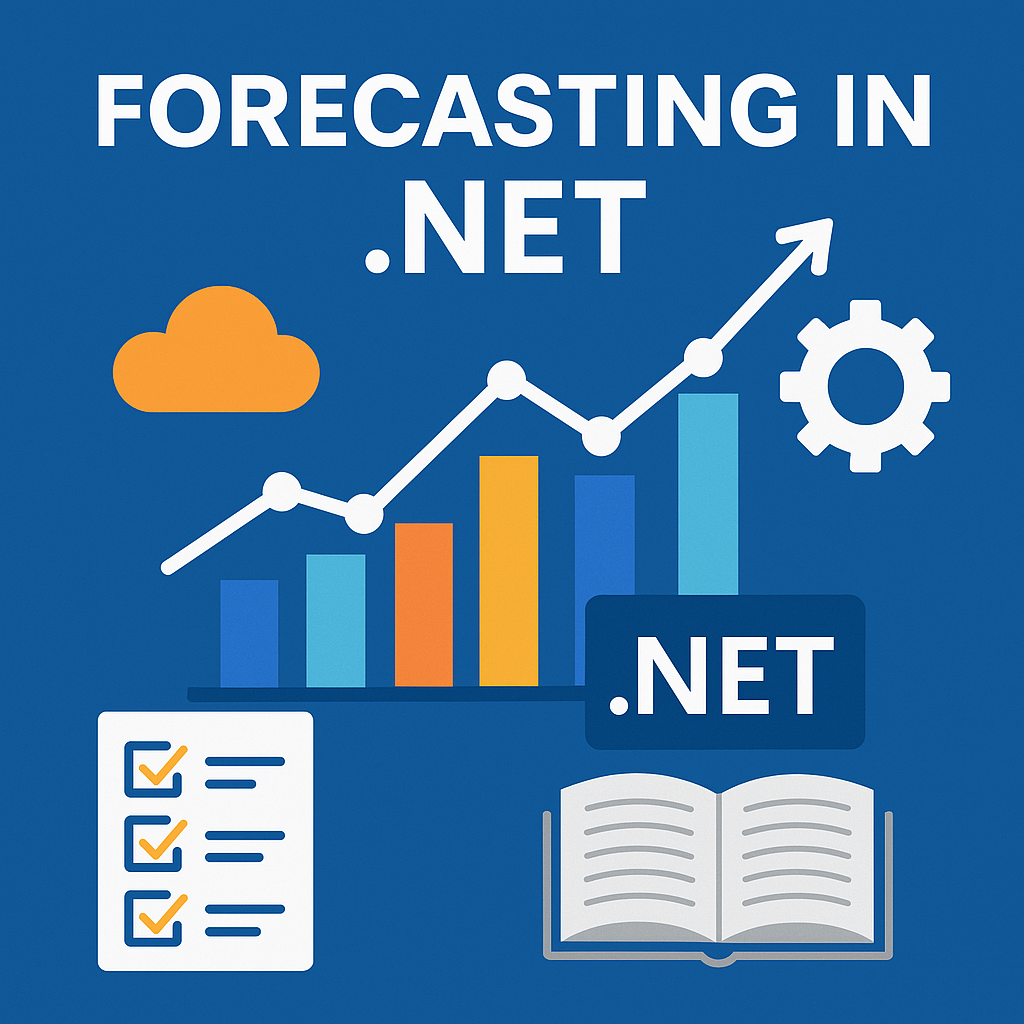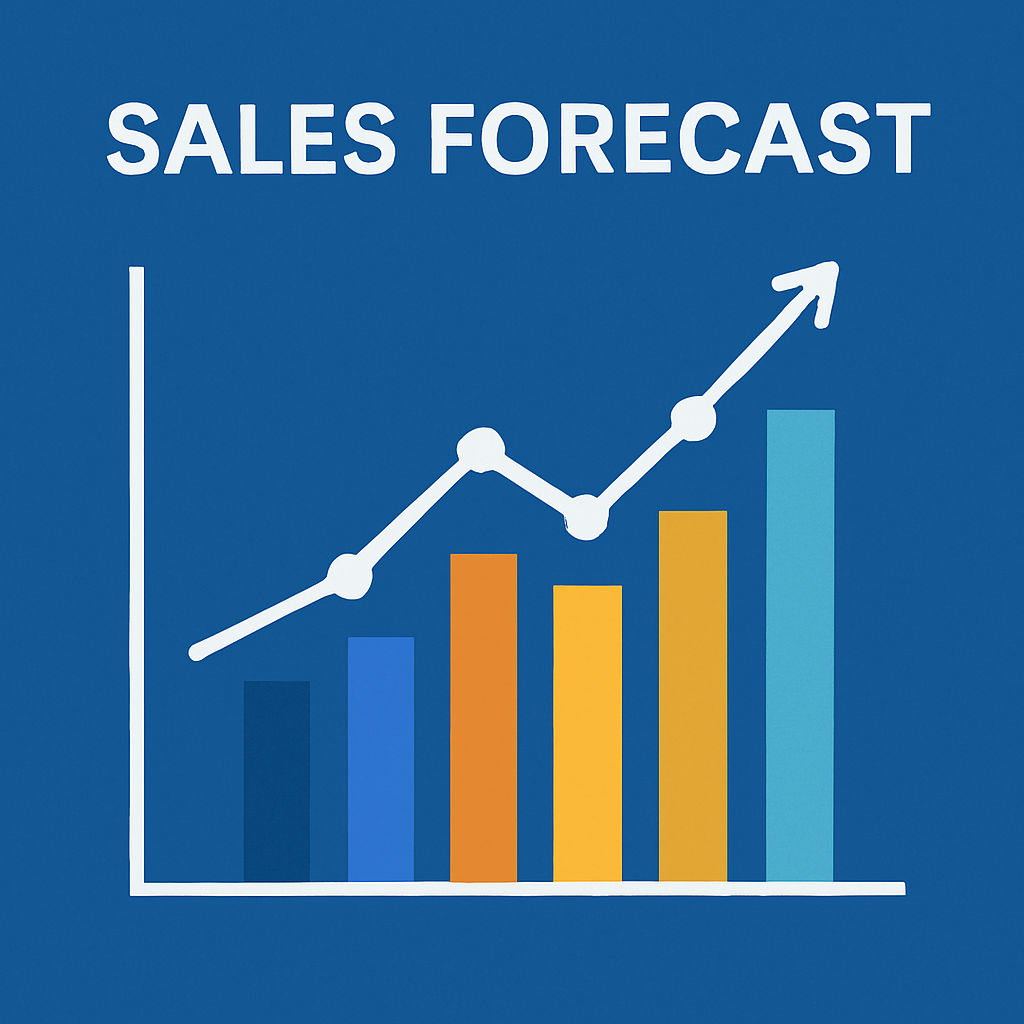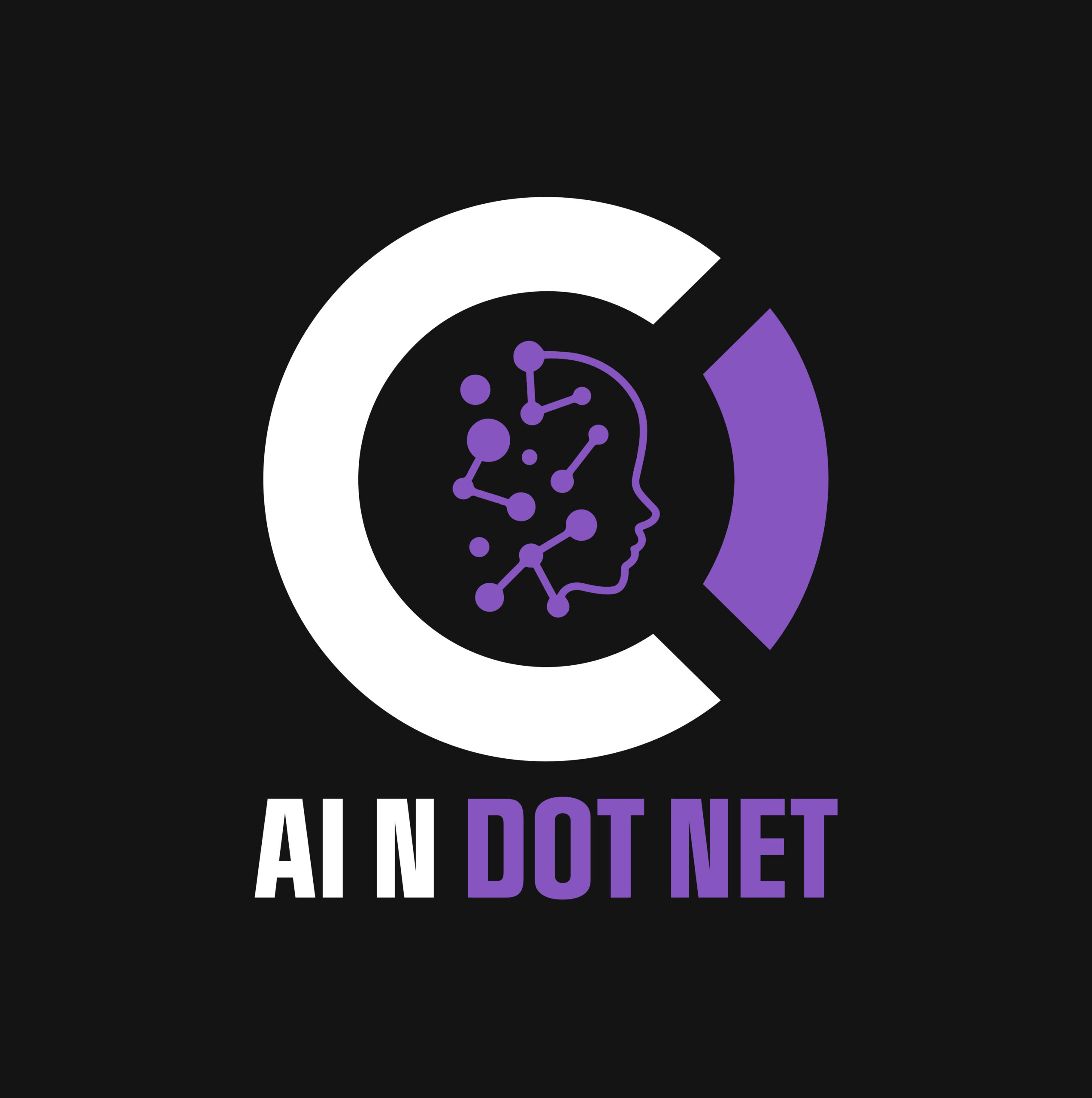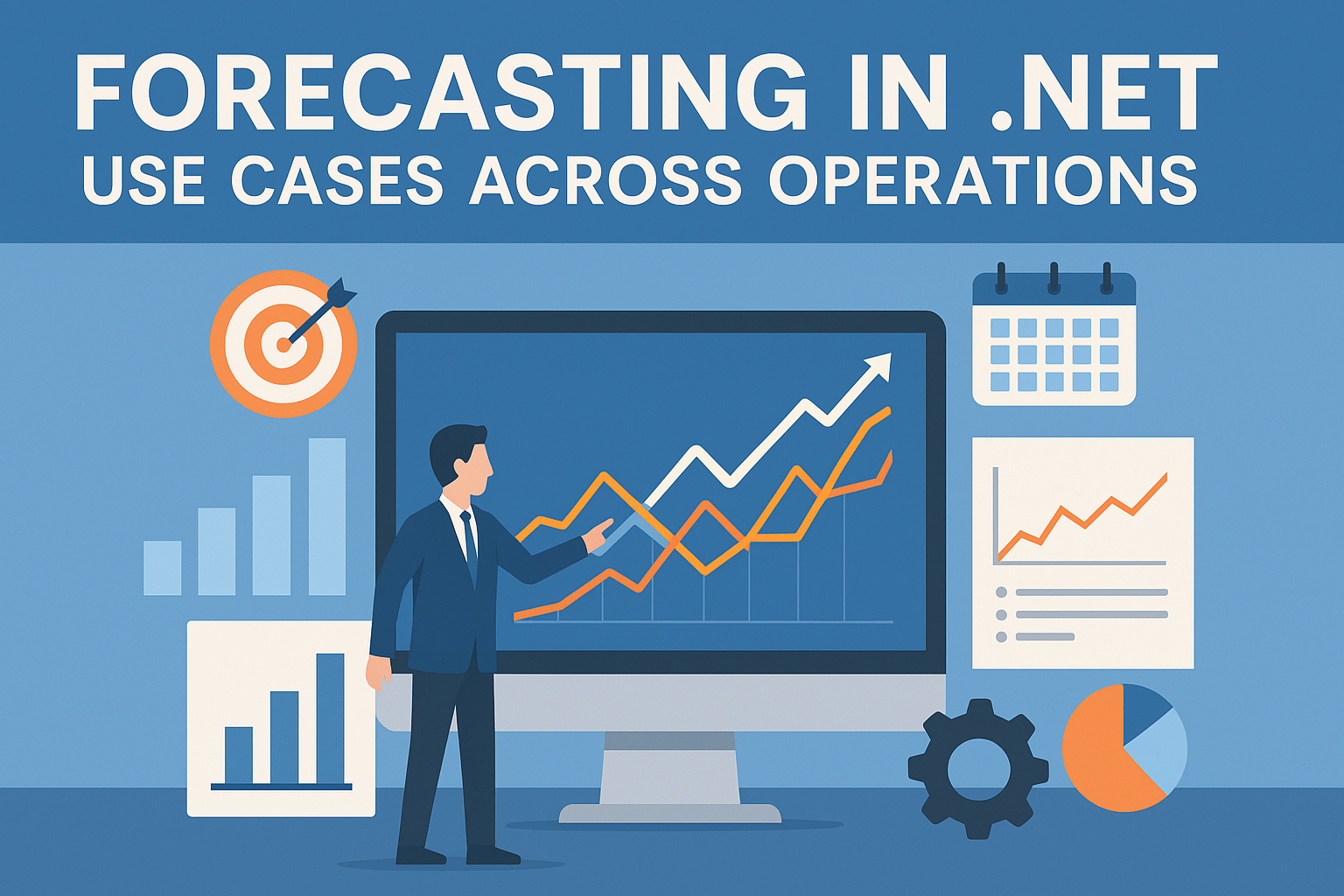How to Choose the Right Tools, Algorithms, and Architecture for Real-World AI Forecasting in Microsoft Environments
🔍 Why Forecasting Matters More Now
Forecasting has always been part science, part art—and often ignored.
As someone who studied operations research and statistics decades ago, I expected to use those techniques everywhere. But for 40 years, most customers said, “Just give me a report.” Forecasting was overkill—or worse, mistrusted.
Now, with the rise of AI and machine learning, forecasting is back. Not because the math changed, but because:
- Tools improved
- Data is more available
- Expectations shifted
But flashy tools alone don’t make forecasting useful. If you’re working in a .NET ecosystem and need to forecast anything—sales, demand, staffing, inventory, workloads—you need more than math. You need strategy, practicality, and the right stack.
🏢 Use Cases: Where Forecasting Applies Across Operations
Forecasting isn’t just for sales teams. Here are real examples across departments:
| Department | Forecasting Application |
|---|---|
| Sales | Monthly revenue, pipeline close rates |
| Operations | Inventory levels, manufacturing capacity |
| IT/DevOps | Server load, storage growth, incident frequency |
| HR | Hiring needs, attrition rates |
| Customer Support | Ticket volumes, staffing schedules |
| Finance | Budget utilization, expense trends |
If you can measure it, you can forecast it.
⚙️ Tools for Forecasting in the Microsoft/.NET Ecosystem
Let’s cut through the noise. You don’t need to jump to Azure AutoML or AWS Forecast unless scale, cost, or policy require it.
✅ ML.NET

- Built for .NET devs
- Free, local, customizable
- Good support for regression, time series, and boosting models
Best algorithms for forecasting:
- FastTree / FastForest → Handles nonlinear data
- LightGBM → High accuracy, scalable
- OnlineGradientDescent → Streaming or real-time updates
- SsaForecasting → Designed for time series
🔄 Math.NET / Accord.NET
- Excellent for statistical regression and signal processing
- Works well for custom preprocessing or traditional forecasting models (e.g., ARIMA)
☁️ Azure / AWS / Google Cloud
- Advanced models (RNNs, DeepAR, Prophet, Transformers)
- AutoML-style workflows
- Good for massive datasets or multi-model experimentation—but with cost and complexity
🧠 Choosing the Right Architecture: Key Considerations
Before selecting a model or tool, answer these:
| Consideration | Why It Matters |
|---|---|
| Where is the data? | Moving data costs time and money. Keep compute near data. |
| How much data do you have? | Small = regression. Massive = distributed tools (e.g., Spark) |
| How often will you forecast? | One-time, batch, or continuous? This impacts infrastructure. |
| Does the data need preprocessing? | Missing values, time gaps, and noise can break models. |
| Does it need to run in real time? | ML.NET works for real-time scoring if models are pre-trained |
| Can you train on-prem? | Compliance or security may prohibit cloud training. |
| What is your team skilled in? | Don’t force Python on a C# team—or vice versa. |
| How explainable must the model be? | Simpler models build trust with business leaders. |
| What’s the budget? | Cloud APIs are metered. Local models are cheaper to operate. |

Forecasting is not just math—it’s architecture, integration, and user trust.
💻 .NET-Friendly Forecasting Architectures (3 Models)
| Model | When to Use | Stack |
|---|
| Basic Batch Forecasting | Weekly sales or workload updates | ML.NET, scheduled console app, SQL + CSV input |
| API-Driven Forecasting | On-demand predictions from a web UI | ML.NET + ASP.NET Web API + Power BI or Blazor frontend |
| Streaming Forecasting | Continuous anomaly detection or capacity planning | ML.NET + SignalR + OnlineGradientDescent + Redis/Kafka |
🔄 The Reality of Forecasting in Practice
Forecasting will disrupt your normal ops:
- You’ll need clean data
- You’ll need your best employee to help test results
- You’ll need to manage expectations from people who expect magic
But the ROI? Huge—when it’s done realistically.
📌 Final Thoughts: Forecasting That Fits
Skip the hype. Focus on what fits your stack, your data, and your people. If you’re in a .NET environment, ML.NET gives you 80% of the value with none of the cloud cost or language overhead.
Forecasting isn’t about chasing the best algorithm. It’s about building a system that works—predictably.
🔗 Need Help Leading Your AI Project?
Contact us to explore how AInDotNet helps medium-to-large enterprises build AI systems that actually work.
Want to stay ahead in applied AI?
📑 Access Free AI Resources:
- Download our free AI whitepapers to explore cutting-edge AI applications in business.
- Check out our free AI infographics for quick, digestible AI insights.
- Explore our books on AI and .NET to dive deeper into AI-driven development.
- Stay informed by signing up for our free weekly newsletter

